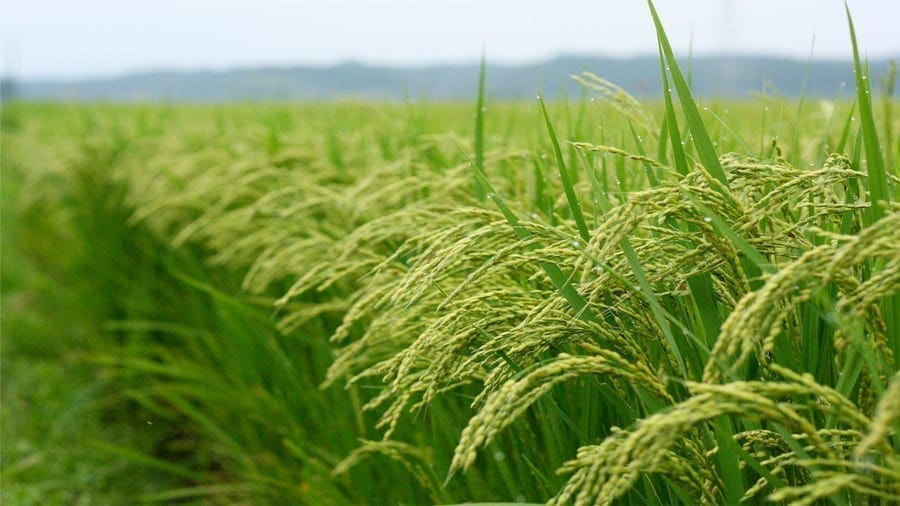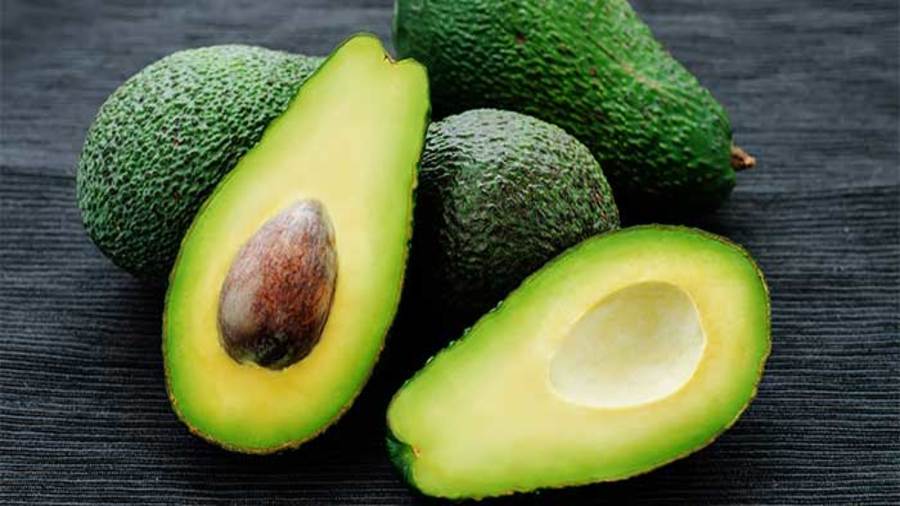JAPAN – Countries across the world have progressively embraced the utilisation of biotech crops, with this year marking 23 solid years of continuous biotech crop adoption.
According to a recent report released by the International Service for the Acquisition of Agri-biotech Applications (ISAAA), a total of 70 countries adopted biotech crops through cultivation and importation in 2018.
In the Global Status of Commercialized Biotech/GM Crops in 2018 report, ISAAA revealed that twenty-six countries planted 191.7 million hectares of biotech crops, which added 1.9 million hectares to the record of plantings in 2017.
Developing countries took the lead in the cultivation, constituting of 80% (21 countries) while 5 were industrialized countries.
The continuous adoption of biotech crops by farmers worldwide indicate that biotech crops continue to help meet global challenges of hunger, malnutrition, and climate change, ISAAA said.
With recent reports indicating increased rate of food insecurity, biotech crops, developed with improved traits are undeniably necessary to address these global challenges affecting the lives of so many families globally, the report adds,
“GM technology has contributed to all facets of food security. By increasing yields and reducing losses, it contributed to food availability for more families,” said Dr. Paul S. Teng, ISAAA Board Chair.
“By enabling farmers to improve their processes and join the modern supply chain, it improved physical access to food. Through raising farmer and rural incomes, it improved economic access to food.
“Through rigorous standards of food safety and hygiene programs, it contributed to better food utilization While agricultural biotechnology is not the only key in enhancing global food security, it is an important scientific tool in the multi-disciplinary toolkit.”
According to the report, biotech crop plantings have increased by approximately 113-fold since 1996, with an accumulated area of 2.5 billion hectares, showing that biotechnology is the fastest adopted crop technology in the world.
USA, Brazil, Argentina, Canada, and India had the highest adoption rates of major crops at levels close to 100%, indicating that farmers favor this crop technology over the conventional varieties.
These biotech crops include potatoes with non-bruising, non-browning, reduced acrylamide and late blight resistant traits; insect resistant and drought tolerant sugarcane; non-browning apples; and high oleic acid canola and safflower.
Biotech soybeans reached the highest adoption worldwide, covering 50% of the global biotech crop area.
In Asia, Indonesia planted for the first time a drought tolerant sugarcane developed through a public (University of Jember) and private (Ajinomoto Ltd.) partnership.
Swaziland joined South Africa and Sudan in planting biotech crops in Africa, with the introduction of IR cotton. Nigeria, Ethiopia, Kenya, and Malawi granted approvals for planting IR cotton opening Africa to biotech crop adoption.
Various food, feed and processing approvals for Golden Rice, Bt rice, herbicide tolerant cotton, low gossypol cotton, among others.
Cultivation approvals for planting in 2019 include new generation herbicide tolerant cotton and soybean, low gossypol cotton, RR and low lignin alfalfa, omega-3 canola, and IR cowpea, among others.
With the continuously increasing adoption of biotech crops worldwide, farmers are at the forefront of reaping numerous benefits.











